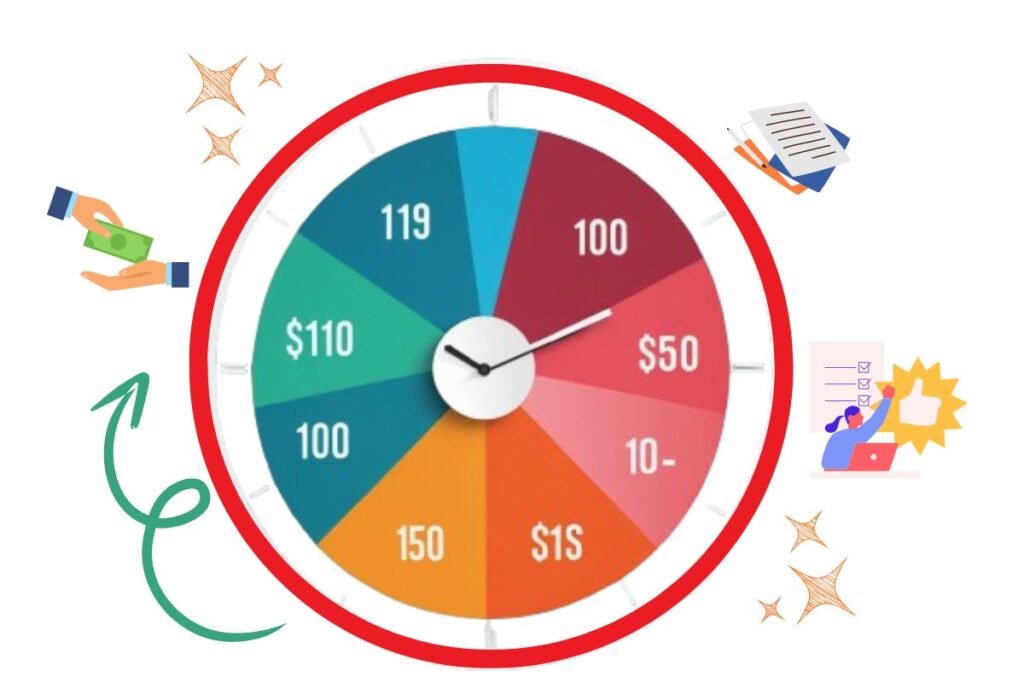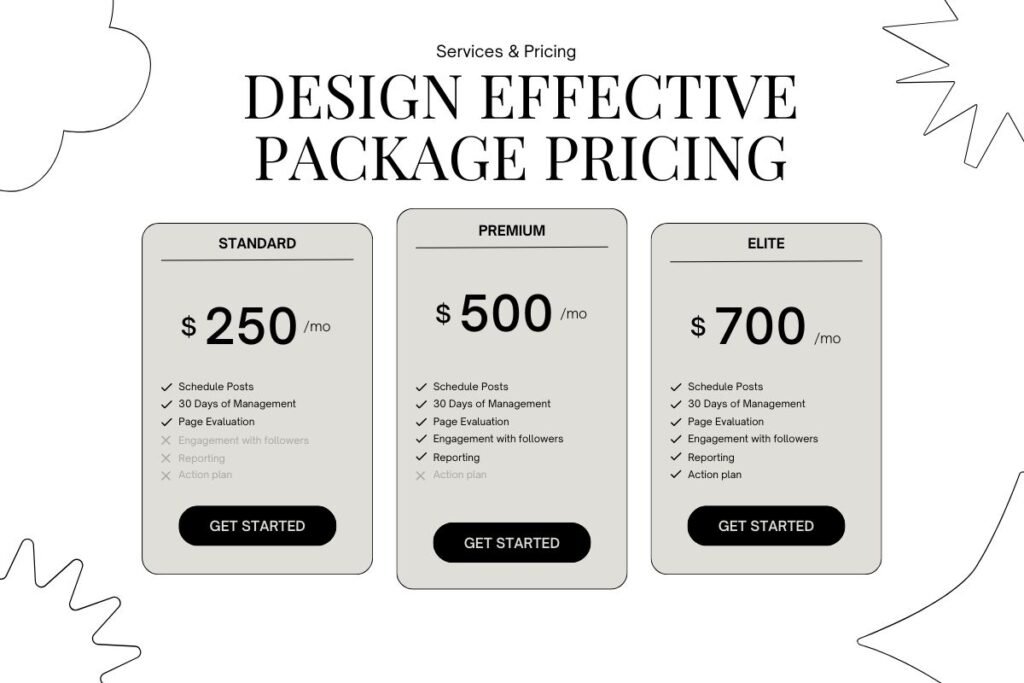Starting a career as a virtual assistant requires a lot of effort and dedication at the same time is fun. However, one common and significant component of the starting stage is your pricing strategy. In this extensive guide, we will explore effective pricing strategies for new virtual assistants that would ensure that apart from selling it to the intended clients, we create a viable business model in the long run. Whether you’re looking to develop basic pricing strategies for virtual assistants or create sophisticated virtual assistant packages & pricing strategies, this guide will provide you with the insights you need.

Understanding Pricing Strategies for New Virtual Assistants
Setting your rates as a new virtual assistant involves several key considerations. Your pricing strategy should reflect your skills, experience, and the value you provide to clients. Here are some effective approaches:
1. Establishing Your Hourly Rate
The fixed rate per hour is one of the typical pricing Strategies for new virtual assistants. It can help both you and your clients keep the costs in control and offer both of you a straightforward and flexible approach toward expenses. Here’s how to set your hourly rate effectively:

- Research Industry Standards: Research online working rates of virtual assistants in your area of specialization and in your geographical location. For a broad overview, check out resources like Indeed’s Salary Guide and Payscale’s Virtual Assistant Salary Data.
- Assess Your Skills and Experience: Consider your level of experience and any specific knowledge or competencies you have. It is also important to know that more experienced virtual assistants can charge higher fees.
- Consider Your Overheads: Be sure to integrate the cost of any software, tools, or other business costs you incurred to determine your pricing rate in order to make a profit. Check out our article on Effective Tools for Virtual Assistants to understand how the tools you use can impact your pricing.
2. Designing Effective Package Pricing
Virtual assistant packages & pricing strategies can prove to be useful to both your business and that of your clients. Packages group different services together making it easier for their prices to be understood. Here’s how to create compelling packages:

- Identify Common Client Needs: Develop packages according to the services that are often demanded by your consumers. For instance, an administrative support package could encompass managing emails, fixing appointments on a calendar, and entering data. Resources like Upwork’s Guide to Freelance Pricing can provide insights into popular package structures.
- Bundle Services Wisely: Offer the services in bundles that charge different prices for different set of services. Such an approach helps clients choose a service package that is suitable to their needs and financial capabilities.
- Provide Clear Descriptions: Make sure that when preparing the package, you offer a detailed description of what entails the package. Transparency assists in controlling the client expectations and eliminating the probability of some misunderstanding.
3. Implementing Retainer Agreements
Retainer based compensation can offer predictable cash flows and a lasting client base. Here’s how to set up effective retainer agreements:

- Determine Retainer Terms: Decide the number of hours or services to be offered on a monthly basis for a specific price getting the retainer. Make sure that expectations of the services to be provided are well understood as well as the costs of any other related services not included in the retainer. For more on retainer agreements, see FlexJobs’ Guide.
- Offer Flexibility: The client should be allowed to modify the terms of the retainer relationship in case of some changes. A negotiation climate might also help to keep up a friendly working relationship as consumers are likely to remain loyal to the company.
- Communicate Value: Emphasize that services provided to clients under retainer agreements are bound to be on-demand and prioritized to make these agreements more appealing to clients.
4. Using Project-Based Pricing
There will be cases where it is appropriate to prepare charges at a flat fee rather than charging for the number of hours taken. Here’s how to effectively use project-based pricing:

- Define Project Scope: Describe the specific goals, objectives and all other necessary details of the project such as expected output, time frame to complete the project and anything else that is relevant. This is effective in preventing assumptions that lead to project expansion, or in other words, exceeding the initial agreed scope of a project by both the buyer and the selling organization. Freelancer’s Project Pricing Tips can offer additional guidance.
- Calculate Your Fee: Determine how long it will take to complete the project and how much it will cost; this will enable you to charge a reasonable amount for the services you offer. You should be prepared for unexpected obstacles and be sure to factor these in.
- Provide a Detailed Proposal: Provide specific details about what is to be done in the project, the period taken, and the cost implication. This helps to maintain transparency and goes a long way in making the clients develop trust in the business.
5. Embracing Value-Based Pricing
Value-based pricing allows you to set rates based on the value you provide to clients. Here’s how to leverage this strategy:
- Understand Client Needs: Fully grasp the idea of how you enrich your client’s experience and how their business benefits from your services. This insight assists you to show the client that you will be of value to their business.
- Showcase Results: Depict your services in writing in as many positive lights as possible by attaching success stories, sales experiences, and any other record of your previous dealings. It can also explain why the rates are higher and gain approval from the target audience. Harvard Business Review’s Value-Based Pricing Article provides further insights into this pricing model.
- Communicate Benefits: Ensure that you spell out the need for your services in a manner that will be relative to the goal and objectives of the client. Explain how the work that you are going to do is going to help them be successful and defend your prices based on these claims.
Conclusion
Effective pricing is a cornerstone of success as a new virtual assistant. By implementing the right pricing strategies for new virtual assistants, including basic pricing strategies for virtual assistants and virtual assistant packages & pricing strategies, you can attract clients, grow your business, and achieve financial stability. Regularly review and adjust your pricing to reflect your evolving skills and market conditions.
Ready to take your VA business to the next level? Implement these pricing strategies and see how they can transform your business. Contact us today to get personalized advice and tips on setting competitive rates. Don’t forget to subscribe to our newsletter for more expert insights and updates on growing your virtual assistant career!
FAQs
- How should I determine my hourly rate as a new virtual assistant?
To determine your hourly rate, research industry standards for entry-level virtual assistants and consider your skillset and overhead costs. Rates typically range from $15 to $30 per hour, but this can vary based on your niche and experience. - What factors should I consider when setting project-based rates?
Consider the complexity of the task, the estimated time required, and any additional costs you might incur. Providing a detailed breakdown of the project’s scope and deliverables helps justify your pricing. - How can I justify increasing my rates over time?
Demonstrate the added value you bring through enhanced skills, additional services, or proven results. Communicate rate increases clearly and provide clients with advance notice to maintain transparency and trust. - What are the benefits of offering retainer agreements?
Retainer agreements offer consistent income and foster long-term relationships with clients. They also help you manage your workload more effectively by planning tasks. - How do I set introductory rates without undervaluing my services?
Set introductory rates that attract clients while covering your costs and providing a reasonable profit margin. Communicate that these rates are temporary and will increase as you gain experience. - How often should I review and adjust my pricing?
Review and adjust your pricing at least once a year or whenever there are significant changes in your business, such as acquiring new skills or an increase in demand for your services. - What should I include in a service package?
Include a bundle of services that offer value to clients. Clearly outline what’s included, such as the number of hours or specific tasks, and offer a discount compared to individual service rates.